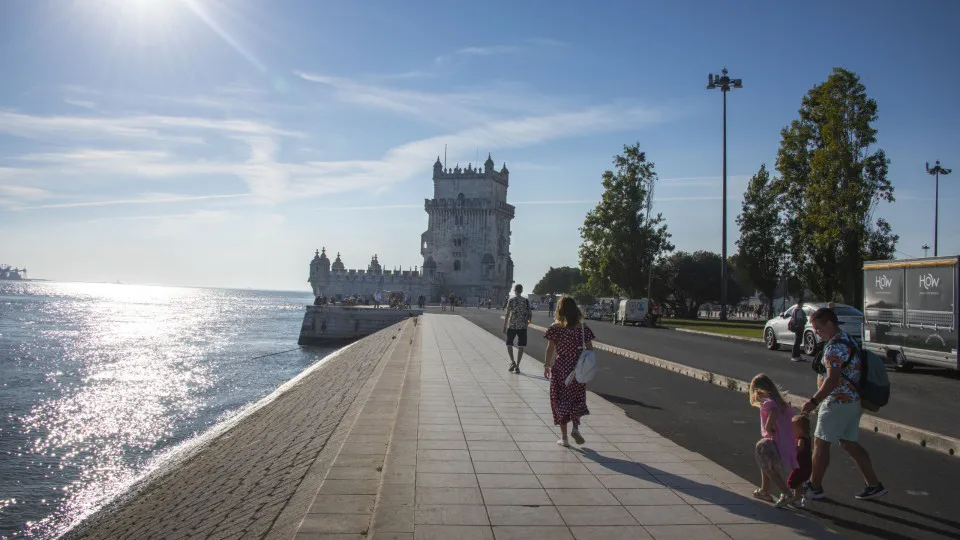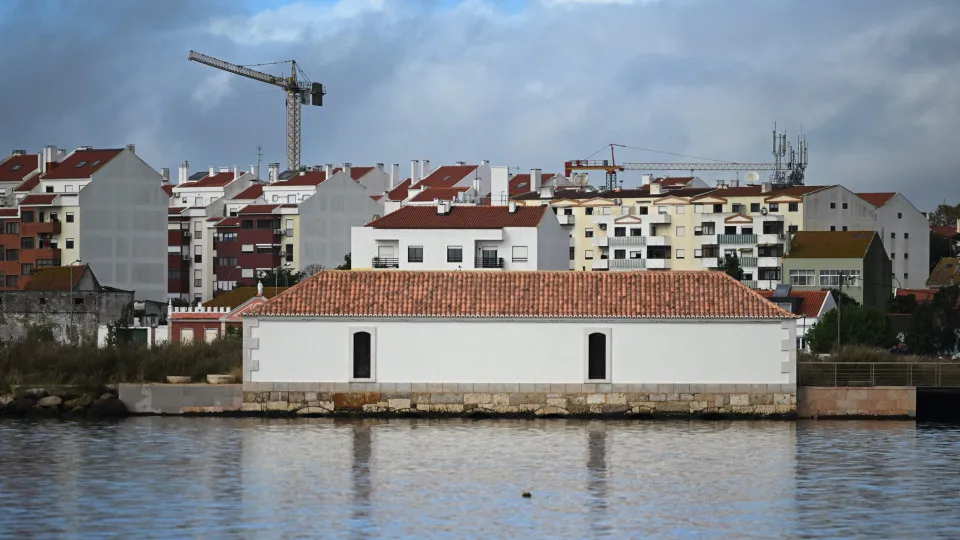
The collection of institutions, encompassing seven national museums, highlights the prolonged closure of the National Archaeology Museum, shut since April 2022. This museum’s extensive renovation is planned in two phases, focusing on restoration and refurbishment efforts to double its exhibition area.
A list of other museums currently closed includes the Queen D. Leonor Museum in Beja (closed since 2023), the National Museum of Music (closed since October 2023, with a scheduled reopening in Mafra on November 22), the National Costume Museum in Lisbon (closed since June 2024), the Lamego Museum (since May 2025), the National Museum of Ancient Art (since September 29, 2025), and both the National Tile Museum and National Theatre and Dance Museum in the capital, closed since November 1.
The Royal Riding School, another exhibition space in Lisbon, has also been closed for renovations since September 29 this year. However, the National Coach Museum, to which it is connected, continues to operate. In contrast, the Belém Tower in the capital has been closed since last April.
The Cultural Heritage website, managed by a public institute, outlines investments made under the Recovery and Resilience Plan (RRP) in cultural heritage restoration. The most recent update on allocated funds is available in a document detailing the investments in museums and monuments.
For the National Archaeology Museum, established in 1893 and housed in the Jerónimos Monastery since 1903, the list records an assigned budget of €19,385,678.66. These funds, as noted on the Mais Transparência portal, are intended for the museum’s rehabilitation and refurbishment projects, with most constructions set to be completed by the end of June 2026.
The museum’s collection spans archaeological artifacts from Portuguese history, covering the Prehistoric period through to the founding of the nation. It also features foreign and ethnographic pieces, notably the treasury room, which holds an ancient goldsmithing collection, one of the largest in the Iberian Peninsula.
The National Museum of Music is expected to reopen on November 22, as reported by MMP. The amount earmarked for its installation and museography works in a section of the National Palace of Mafra is €5,750,000, after having been located since 1994 in the Alto dos Moinhos metro station in Lisbon.
The museum houses over 1,000 musical instruments from classical and popular traditions, construction tools, audio equipment, accessories, scores, phonograms, iconography, and various documentation. Among its most valuable instruments, many classified as “national treasures,” are the 1758 harpsichord by Joaquim José Antunes, the 1782 harpsichord by Pascal Taskin, the 1725 Stradivarius cello owned by King Luis, and the piano used by Franz Liszt during his 1845 visit to Portugal.
The National Museum of Ancient Art was allocated €8,500,000 for conservation and enhancement work on the building’s north facade, rehabilitation and remodeling of the roofs in the former Alvor Palace wing, and completing the restoration of the Albertas Chapel.
Founded in 1884, the MNAA currently houses around 40,000 pieces, boasting the country’s most significant public collection of Portuguese, European, and Expansionist painting, sculpture, and decorative arts from the Middle Ages to the 19th century. It includes the largest number of artworks classified as “national treasures,” as well as the most extensive collection of Portuguese furniture.
The National Costume Museum, inaugurated in 1977, receives €2,100,000 for projects including the reconditioning of collections and the rehabilitation of the Angeja-Palmela Palace building. It houses a collection of costumes and accessories spanning from the 18th century to the present day, representing various historical periods, styles, and trends.
The National Tile Museum is allocated €4,500,000, according to the Mais Transparência portal, for rehabilitating facades, conserving and restoring the Tower of the Bells and Tower of the Corucheu, and general restoration work on the cloister, upper choir, and church tile coverings.
Located in the former Madre de Deus Monastery, founded in 1509 by Queen Leonor, the National Tile Museum was the most visited in the capital in 2024, with 297,203 entries, followed by the National Coach Museum with 219,506, according to official statistical data.
The National Museum of Theatre and Dance, with an allocated amount of €2,769,962.87, covers general rehabilitation work on the Monteiro-Mor Palace building and garden, which hosts a collection of over 300,000 items related to theatre, dance, and opera.
Included in the museum’s collection are stage costumes, designs, models, scenic drawings, photographs, posters, programs, records, scores, paintings, sculptures, and caricatures, featuring pieces by renowned artists such as Almada Negreiros, Paula Rego, and Maria Keil.
The list also includes the National Coach Museum – Royal Riding School, with a total project value of €5,300,000 for various interior conservation works, drainage reviews, and facade conservation.
Commissioned in 1787 by Infante João, who later became King João VI, the Royal Riding School is a neoclassical project attributed to Giacomo Azzolini, with decoration inspired by equestrian art. It was transformed into a museum in 1904 by Queen Amelia’s initiative and inaugurated in 1905 as the Royal Coach Museum. In 1911, it was renamed the National Coach Museum.
The historic building is part of the new museum, hosting 18th-century carriages, royal portraits, and a section dedicated to its founder, classified as part of the National Monument of the National Belem Palace.
The Lamego Museum in Viseu district has a budget allocation of €1,750,000 for roof rehabilitation, exterior/wooden frame maintenance, a climate control system, exterior landscaping with green spaces, an exterior lift for universal accessibility, and a museography project.
Founded in 1917 in the former Episcopal Palace of Lamego, it is one of Portugal’s few centenarian museums, established following the Separation of Church and State Law. Its eclectic collection includes painting, tapestry, goldsmithing, furniture, and sacred art, highlighted by 16th-century Flemish tapestries, Vasco Fernandes’s panels for Lamego Cathedral, and 17th-century tiles, all classified as “national treasures.”
The Queen D. Leonor Museum in Beja, formerly the Beja Regional Museum, is listed with a budget of €2,370,252.82 for roof rehabilitation, church and terrace conservation, facade and wooden frame maintenance, climate control system installation, electrical, lighting, and safety equipment upgrade, and the recovery of its cloister.
The museum, located in the former Convent of Our Lady of Conception, spans thematic areas including sculpture, painting, goldsmithing, tiling, decorative arts, metrology, ethnography, and archaeology, focusing on the Lower Alentejo region.
The Belém Tower in Lisbon, associated with the Jerónimos Monastery, has a budget of €1,134,981.43 for exterior and interior works, such as stone, plaster, carpentry, and frame restoration, as well as metallic element recovery.
UNESCO classified the Belém Tower as a World Heritage Site in 1983. Built between 1514 and 1519 during King Manuel I’s reign as a defensive bastion, it remains one of the most emblematic symbols of Lisbon and Portugal.
The RRP is a national program set to run until 2026, aiming to implement reforms and investments for sustained economic growth after the COVID-19 pandemic.
In the cultural sector, it comprises interventions in classified cultural heritage across 73 sites, national museums, monuments, and palaces, with a total value of €192,890,969.35.




